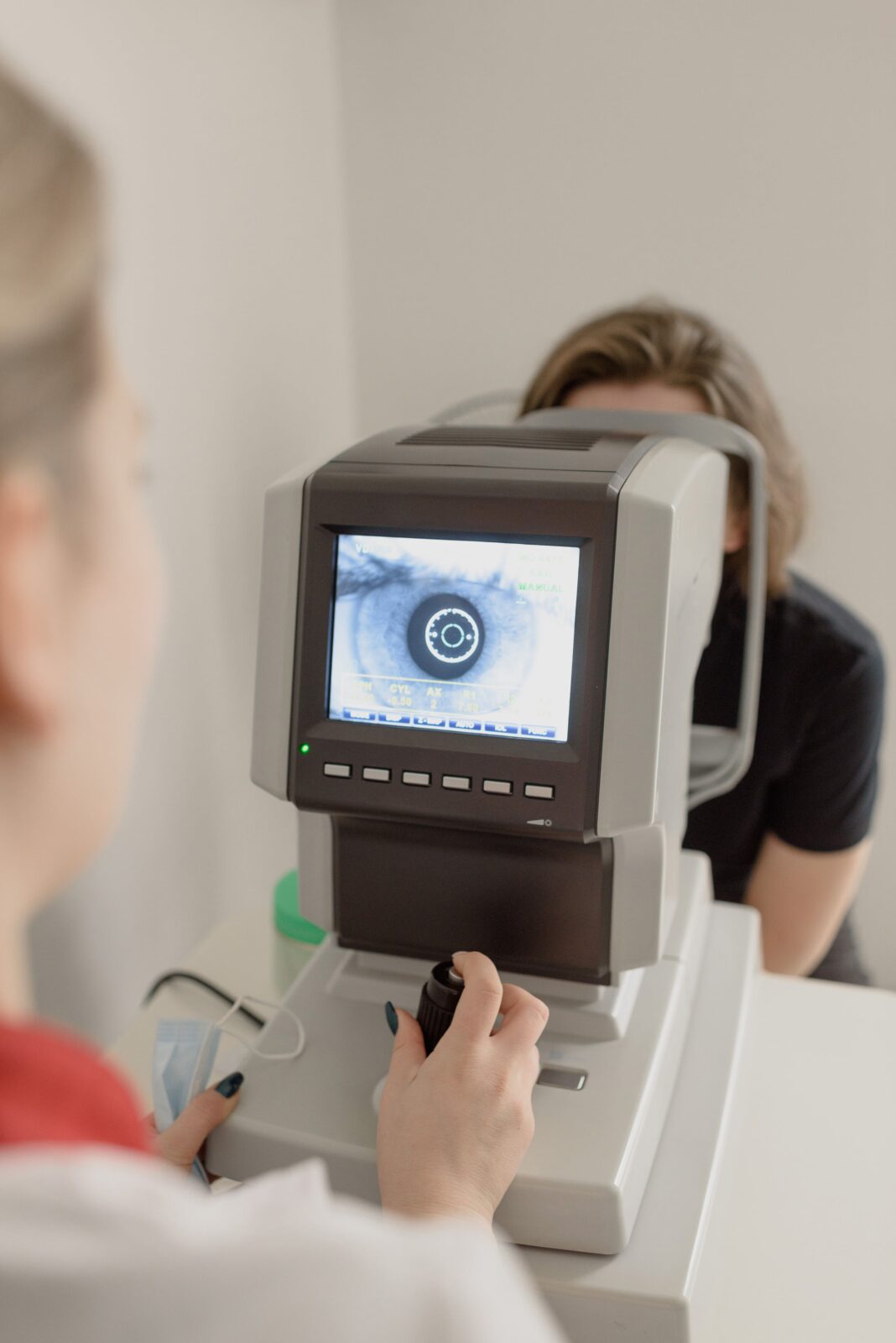
Navigating the landscape of vision correction options requires a clear understanding of the procedures involved, their benefits, and potential risks. Both LASIK and EVO ICL offer paths to reduced dependence on corrective lenses, yet they differ significantly in their approaches. We will provide a comprehensive comparison, enabling you to make an informed decision aligned with your individual needs and eye health.
What is EVO ICL?
EVO ICL surgery represents a form of refractive surgery that can be likened to the introduction of specialized permanent “contact” lenses into your eyes. These lenses, referred to as Implantable Collamer Lenses (ICL), possess dimensions that are thinner and smaller compared to typical contact lenses. A skilled ophthalmologist implants this lens within the interior of the eye, typically behind your iris and in front of your eye’s natural lens. Within the core of the ICL lens lies a perforation designed to facilitate fluid circulation around the lens and iris. Notably, this ICL lens is permanent and does not necessitate removal or cleaning akin to regular contact lenses.
EVO ICL VS LASIK
In contrast to EVO ICL surgery, which entails an incision in the eye for lens placement, LASIK operates entirely on the cornea, the transparent, front part of the eye. LASIK achieves vision correction by reshaping the cornea, altering its curvature to provide improved vision. Before commencing the LASIK procedure, numbing drops with anesthetic properties are applied to your eyes. Once your eyes are fully anesthetized, a LASIK surgeon employs a laser to create a thin, hinged corneal flap, which is then gently folded back to expose the cornea. Subsequently, a computer-controlled laser emits controlled pulses of light to reshape the cornea, customizing the correction to your individual visual needs. The corneal flap is repositioned over the cornea and healing begins immediately. The flap adheres through natural suction, eliminating the need for sutures. The precise lasers employed during LASIK procedures reshape the cornea to rectify the patient’s vision.
| Factor | Evo ICL | LASIK |
|---|---|---|
| Procedure Type | Lens implantation | Corneal reshaping |
| Range of Correction | High myopia, astigmatism | Myopia, hyperopia, astigmatism |
| Length of Procedure | Around 30 mins per eye | Under 15 mins per eye |
| Recovery Time | A few days | 24 hours for most patients |
| Cost | Generally more expensive | Generally more affordable |
| Numbers of Procedures | 2+ million worldwide | 40+ million worldwide |
Risks Associated with EVO ICL
While EVO ICL offers a viable alternative to LASIK, it’s essential to be aware of potential risks. STAAR Surgical, a leading manufacturer of ICL implants, reports the following risks associated with EVO ICL lenses:
- Secondary Surgery: Additional procedures may be required to adjust, remove, or replace the ICL, or to address complications like cataracts or increased intraocular pressure (IOP).
- Elevated Intraocular Pressure (IOP) and Glaucoma: Increased IOP can lead to optic nerve damage and glaucoma, particularly in individuals with high myopia.
- Cataract Formation: The proximity of the ICL to the natural lens increases the risk of cataract development, which may necessitate surgical removal.
- Loss of Best Corrected Vision: Post-operative vision may decline, potentially resulting in a loss of visual acuity.
- Endothelial Cell Loss: Excessive loss of endothelial cells, responsible for corneal clarity, can lead to corneal cloudiness and edema, potentially requiring corneal transplantation.
- Glare and Halos: Visual disturbances like glare and halos may become more pronounced, especially in low-light conditions.
- Additional Complications: Other potential risks include iris prolapse, retinal hemorrhage, astigmatism, retinal detachment, pupillary block glaucoma, anisocoria, pigment dispersion, and peripheral anterior synechiae.
EVO ICL surgery offers significant benefits in terms of vision correction, but it is important to be aware of the associated risks. Patients considering this procedure should engage in thorough discussions with their eye care professionals to make informed decisions about their eye health. Regular post-operative check-ups are vital for monitoring potential complications and addressing them promptly, ensuring the best possible visual outcomes after EVO ICL surgery.
LASIK: Addressing Potential Risks and Benefits
LASIK, like any surgical procedure, carries potential risks, including dry eyes, glare, halos, and the possibility of enhancement surgeries. However, advancements in LASIK technology and surgical techniques have significantly reduced these risks. Pre-operative evaluations are crucial to assess candidacy and minimize potential complications.
LASIK offers numerous benefits, including:
- High patient satisfaction rates.
- Rapid visual recovery.
- Long-term stability of results.
- Reduced dependence on glasses or contact lenses.
At TLC Laser Eye Centers, we provide complimentary consultations to assess your candidacy for LASIK. If you are eligible, we are delighted to offer you the opportunity to undergo traditional LASIK, granting you the gift of improved vision. However, if LASIK is not a viable option for you, our medical team can discuss alternative approaches, which may include EVO ICL, tailored to your unique situation.


